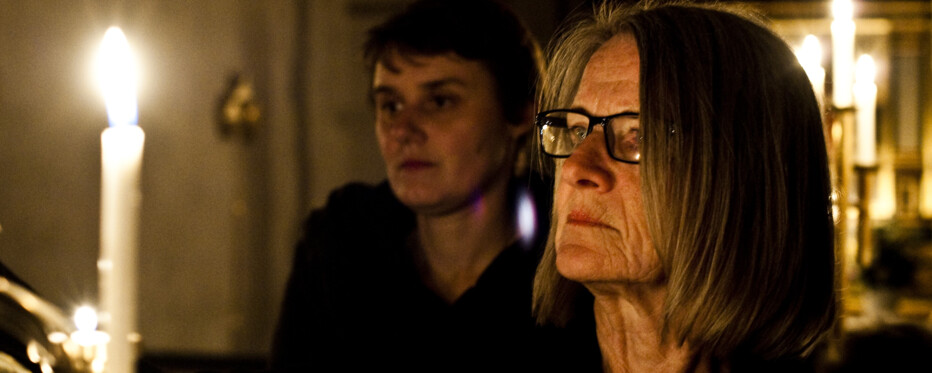Commemoration of the dead
All Saints' Day (in Danish allehelgensdag) falls on the first Sunday of November. It is a day when we commemorate those we have lost as well as the Christians who have lived before us and have testified to their Christian faith.
The history of the commemoration of the dead in the Church
In the Middle Ages the Church celebrated both All Saints' Day and All Souls' Day. All Saints' Day was the day when the Church remembered the Christian martyrs, i.e. those who had died because of their faith, whereas All Souls' Day was the day when the Church commemorated and prayed for the dead. The idea was to help the dead go through purification in purgatory and enter into heaven by praying for them. At the Reformation in the 16th century the existence of purgatory as a place of punishment or purification was rejected. Consequently, All Souls' Day was abolished. The Church kept All Saints' Day to commemorate those who died for the sake of their faith.
All Saints' Day celebration today
Many parish churches have a tradition of inviting the relatives of those who have passed away during the year to a special commemoration service on All Saints' Sunday. The names of the parishioners who have passed away are read out loud at the service. Many people visit the graveyard or the cemetery on All Saints' Day and it has become common to light a candle on the grave of loved ones.



